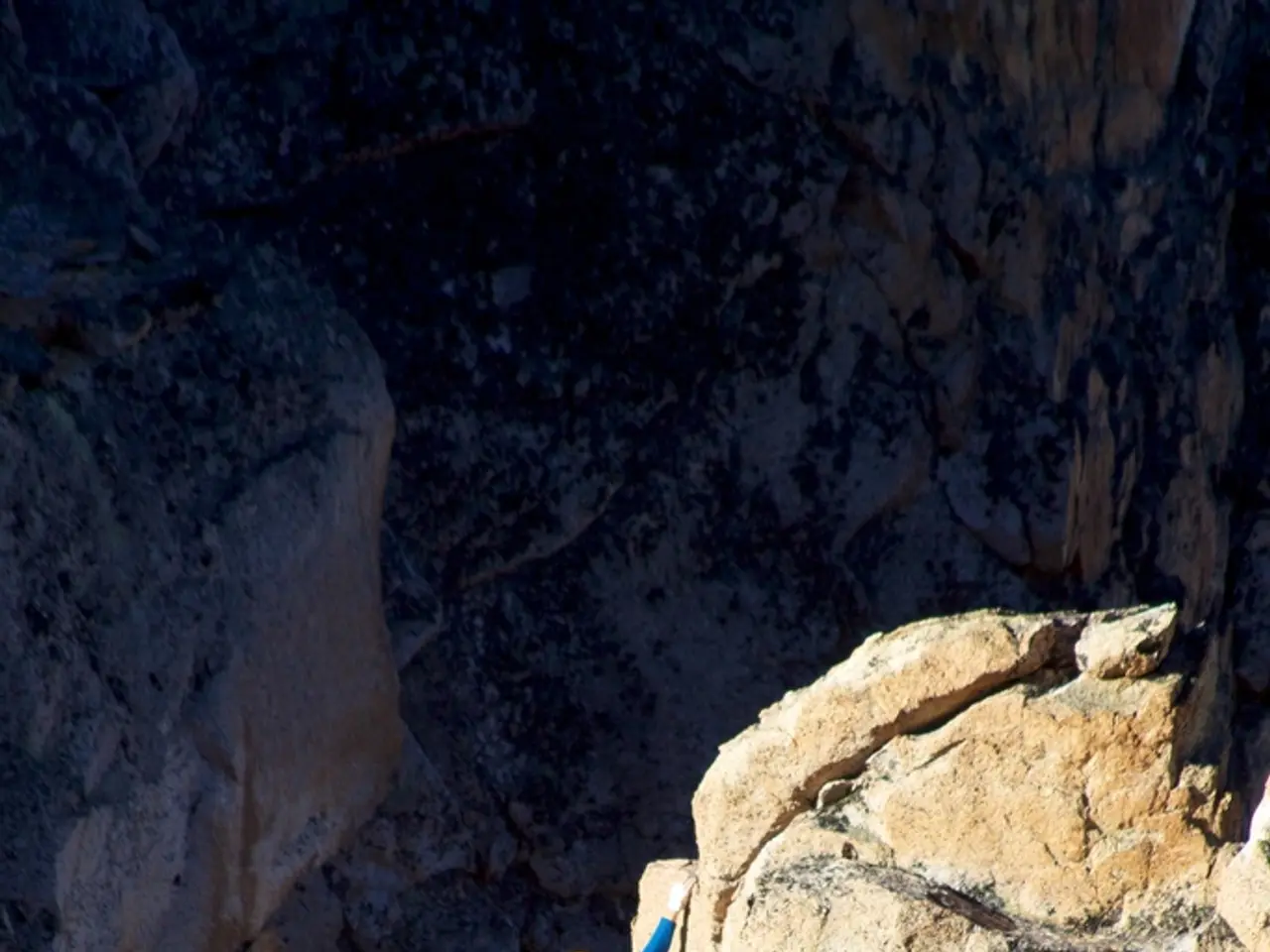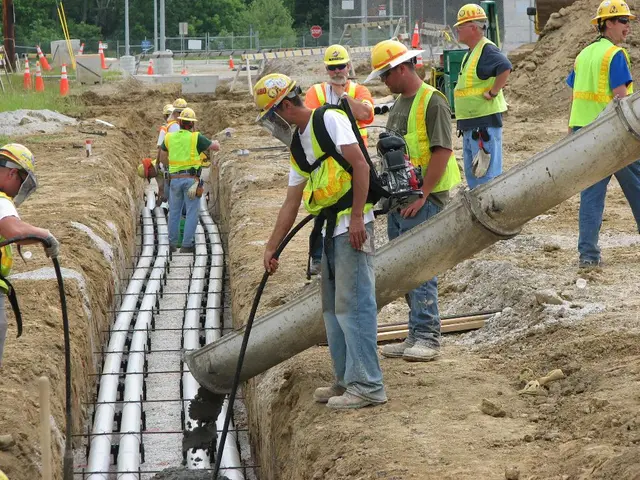Nepal Makes 97 Remote Mountain Peaks Accessible for Free Ascent as Everest Costs Increase - Learn How This Could Alter the Himalayan Landscape
In a bold move to revitalize adventure tourism and reduce pressure on iconic mountains like Everest, the Government of Nepal has announced that 97 peaks in the Karnali and Sudurpaschim provinces will be free to climb for the next two years. This decision, supported by Indian mountaineer and Guinness World Record holder Satyarup Siddhanta, could be a game-changer for the remote regions of these provinces, bringing both economic opportunities and potential disruptions to local communities.
Siddhanta, known for his cautious approach to policy enforcement in Nepal, expresses concern that agencies might not want to lose clients and therefore not enforce new regulations. However, he sees the appeal of these mountains for a section of the mountaineering community that values the traditional climbing experience and the uncertainty of a virgin peak.
These mountains, ranging from 5,870 to 7,132 meters in height, include Api, Api West, and Saipal. While they may not immediately draw climbers due to their limited holiday time and preference for well-known mountains, the opportunity for true mountaineers to experience adventure, planning, and personal achievement is undeniable.
The free-climb policy could have a significant economic impact on these provinces, but could also strain communities unaccustomed to handling large numbers of foreign climbers. The influx of visitors could boost the growth of homestays, lodges, and basic tourism infrastructure, as the government hopes. However, the success of this initiative may depend on more than waived fees; infrastructure and safety are key factors for attracting repeat visitors.
Siddhanta emphasizes the need for careful development to avoid creating problems similar to those seen on Everest in other areas. The risks of climbing these peaks include unpredictable snow and ice conditions, limited rescue options, and long approaches through rugged terrain. Balancing economic ambition with the preservation of the wilderness that makes these peaks worth climbing will be a challenge.
The stakes are high for the climbers, communities, and Nepal. If managed well, this initiative could reduce pressure on Everest and create new products for adventure tourism. On the other hand, mismanagement could lead to environmental degradation and social disruption. The mountains stand waiting, offering the next great story in Himalayan climbing.
It's worth noting that Karnali and Sudurpaschim are among Nepal's poorest provinces, with low human development indicators and limited connectivity. Siddhanta believes that these lesser-known peaks are a way to reduce pressure on Everest and create new opportunities for adventure tourism, benefiting these regions economically while preserving the pristine beauty of the Himalayas.
A proposed regulation further adds to the appeal of these peaks. Anyone attempting Everest might soon be required to first climb a peak over 7,000 meters in Nepal, making the newly free giants of the west a tempting option. As the dust settles on this exciting announcement, climbers, communities, and Nepal brace themselves for the challenges and opportunities that lie ahead.
Read also:
- Understanding Hemorrhagic Gastroenteritis: Key Facts
- Stopping Osteoporosis Treatment: Timeline Considerations
- Tobacco industry's suggested changes on a legislative modification are disregarded by health journalists
- Expanded Community Health Involvement by CK Birla Hospitals, Jaipur, Maintained Through Consistent Outreach Programs Across Rajasthan








